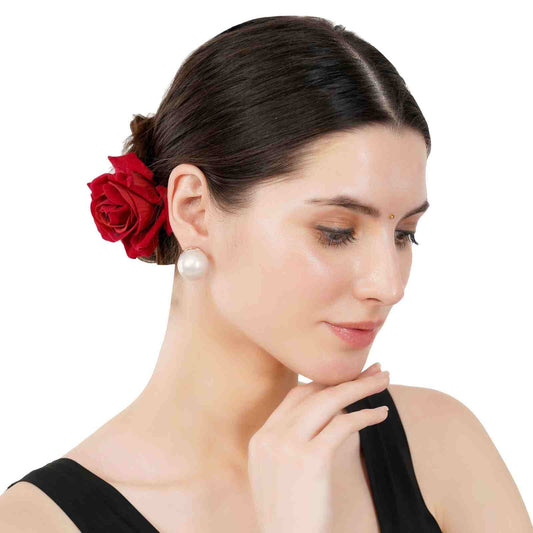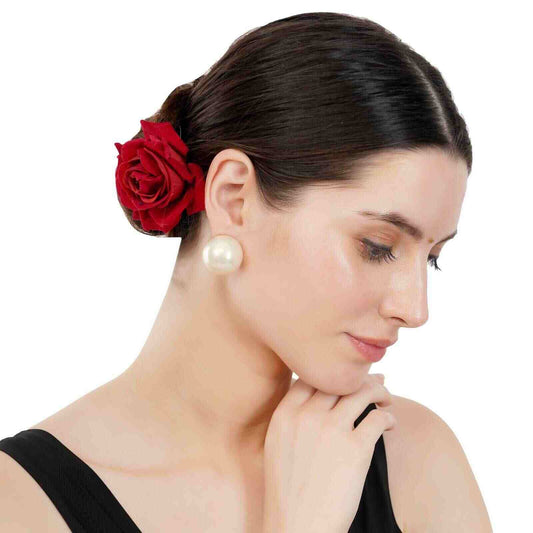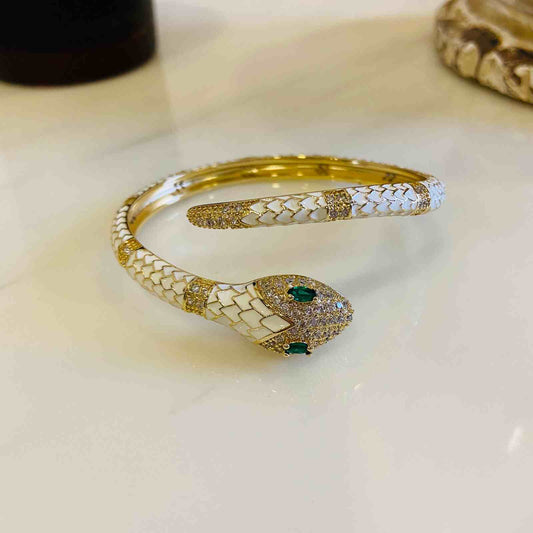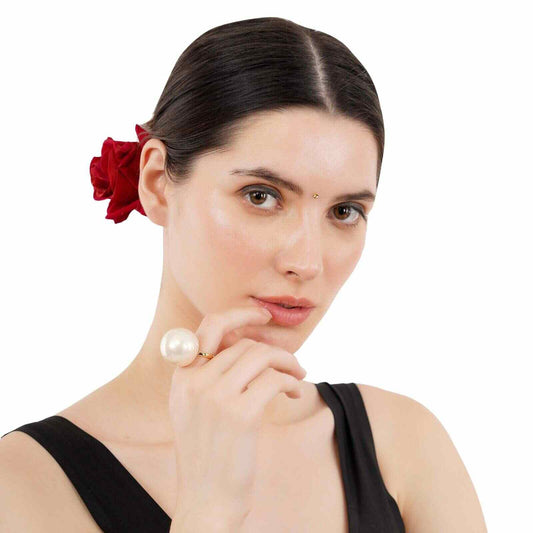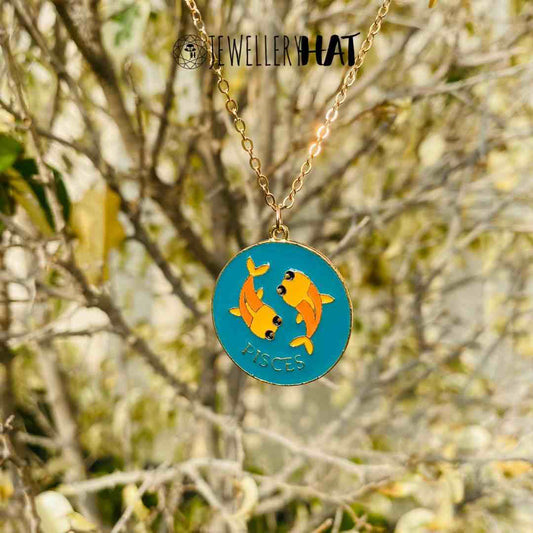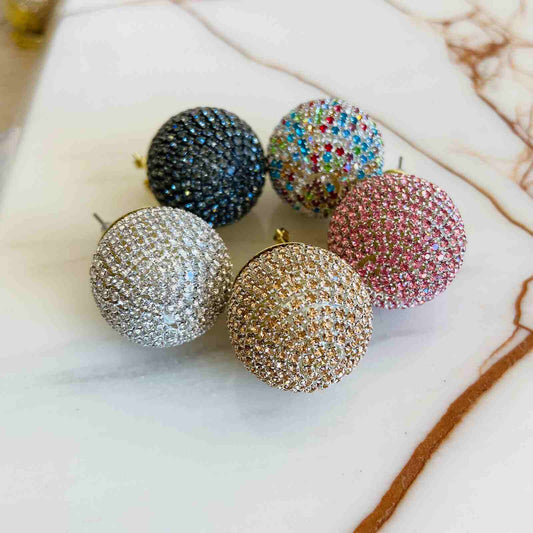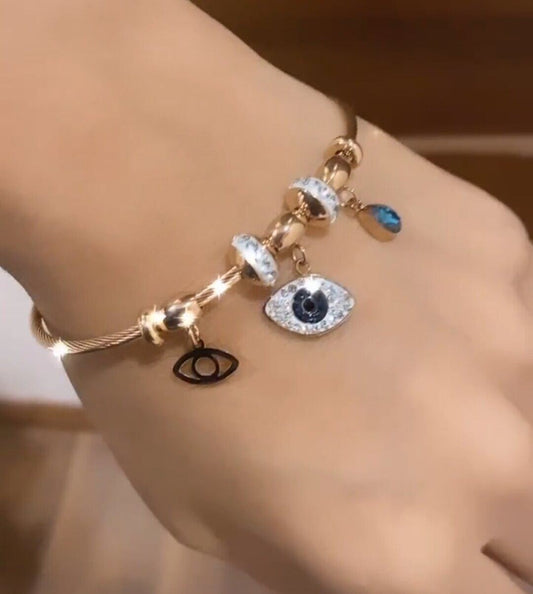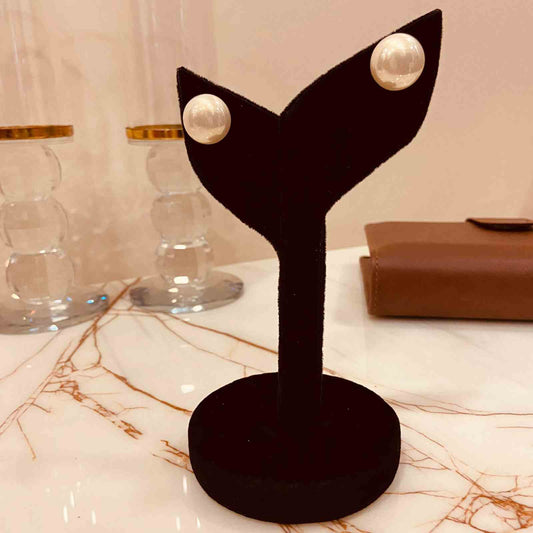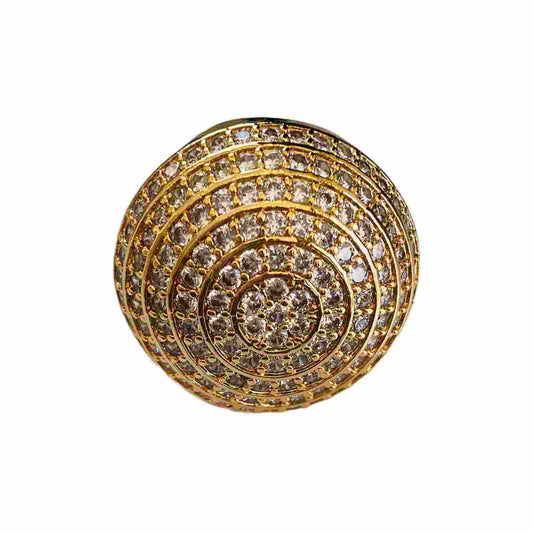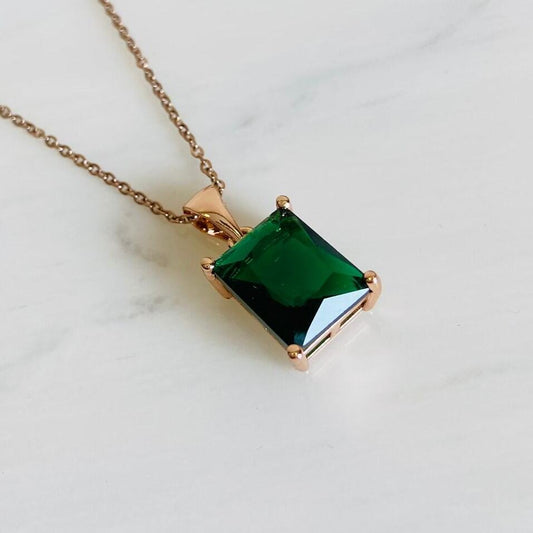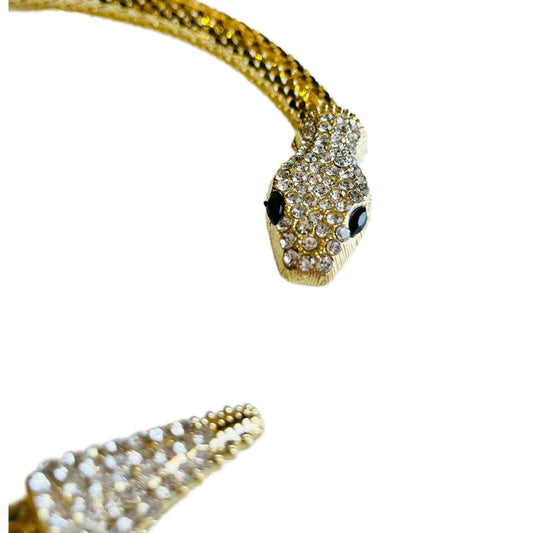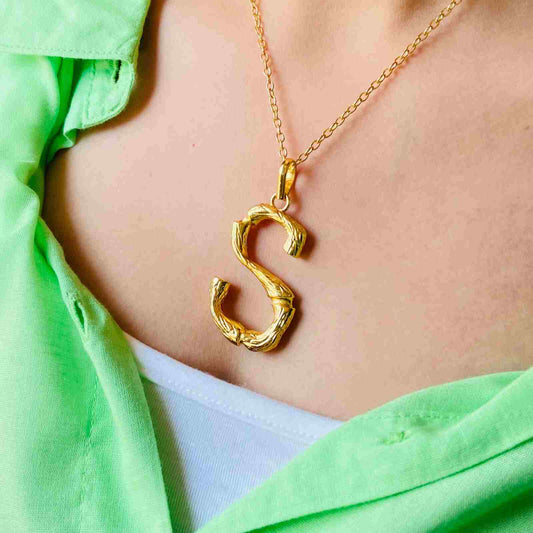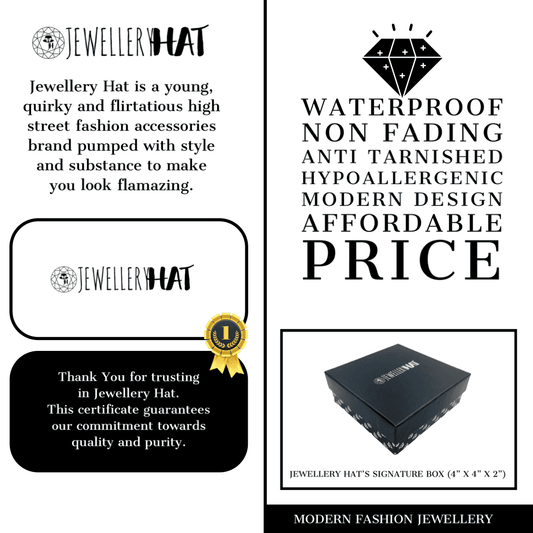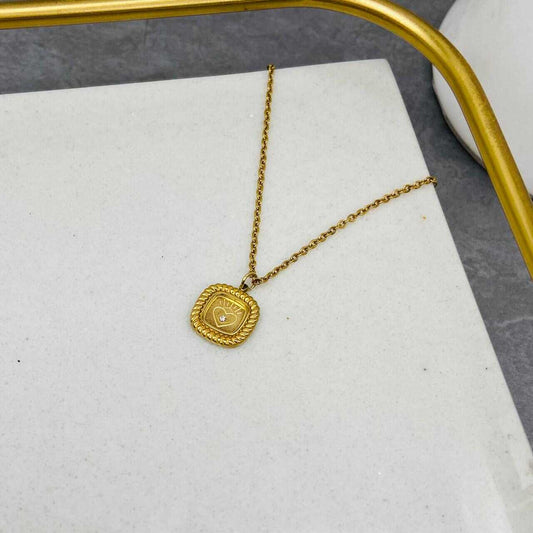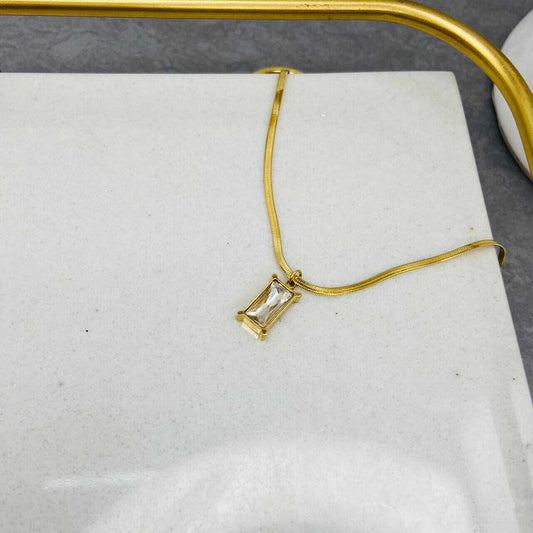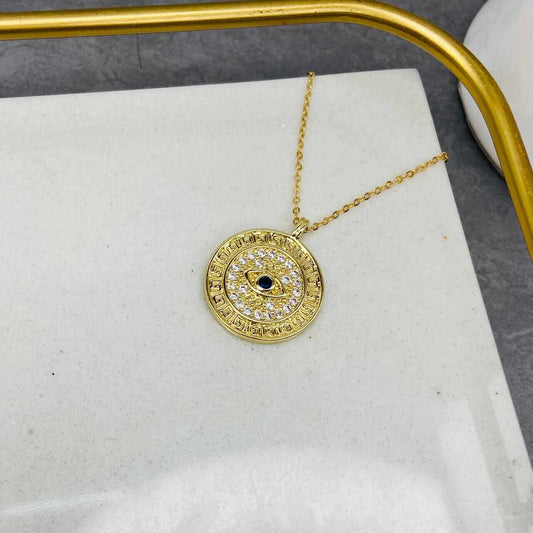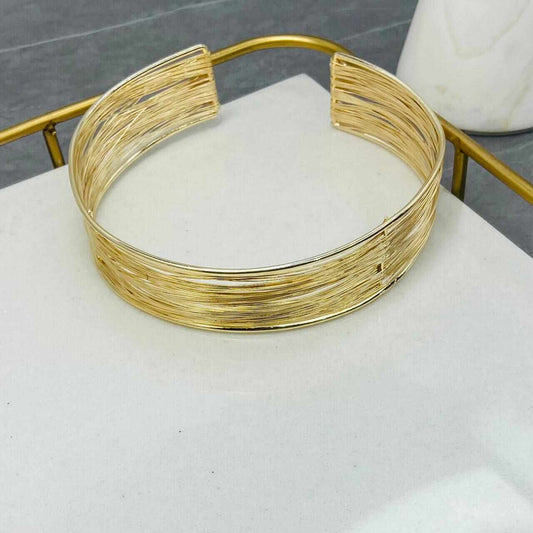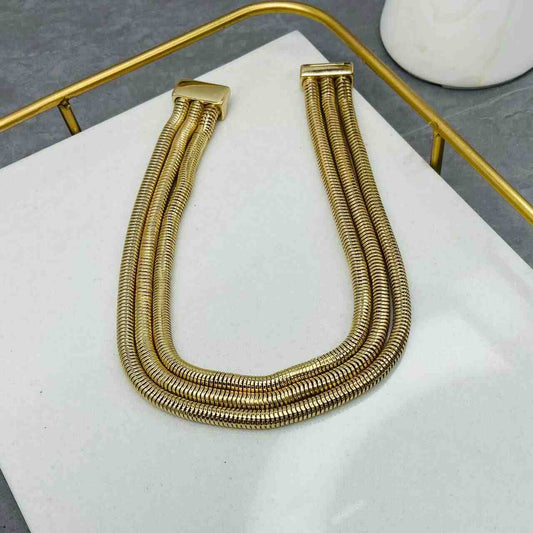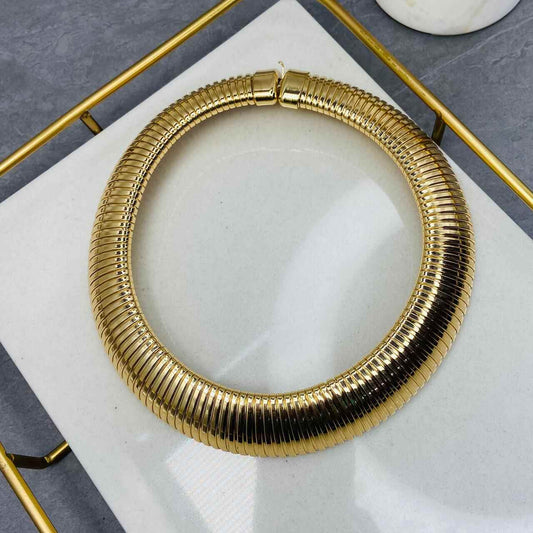-
Necklaces - Snakes On The Lady- Gold Plated - Fashion Jewellery By Jewellery Hat.
4.408163265 / 5.0
(49) 49 total reviews
Regular price Rs. 1,199.00Regular priceUnit price / perRs. 1,499.00Sale price Rs. 1,199.00Sale -
Evil Eye Bracelets For Couples | Black Bracelet | White Bracelet | Beads Bracelet | Fashion Jewellery | April 2023
4.2 / 5.0
(859) 859 total reviews
Regular price From Rs. 249.00Regular priceUnit price / perRs. 799.00Sale price From Rs. 249.00Sale -
Jewellery Hat's ® big pearl studs - 20 mm big pearl earrings - big pearl stud earrings - available big pearl studs India December 2022 Fashion Jewellery
4.36 / 5.0
(25) 25 total reviews
Regular price Rs. 799.00Regular priceUnit price / perRs. 1,000.00Sale price Rs. 799.00Sale -
Jewellery Hat's ® big pearl studs | 25mm big pearl earrings | Fashion Jewellery
4.473684211 / 5.0
(19) 19 total reviews
Regular price Rs. 959.00Regular priceUnit price / perRs. 1,200.00Sale price Rs. 959.00Sale -
Snake Bracelet Anti Tarnished Snake Jewellery - Fashion Jewellery / Western Jewellery By Jewellery Hat September 2022
4.408163265 / 5.0
(49) 49 total reviews
Regular price Rs. 1,199.00Regular priceUnit price / perRs. 1,499.00Sale price Rs. 1,199.00Sale -
Pearl Ring | Fashion Jewellery | September 2022
Regular price Rs. 719.00Regular priceUnit price / perRs. 899.00Sale price Rs. 719.00Sale -
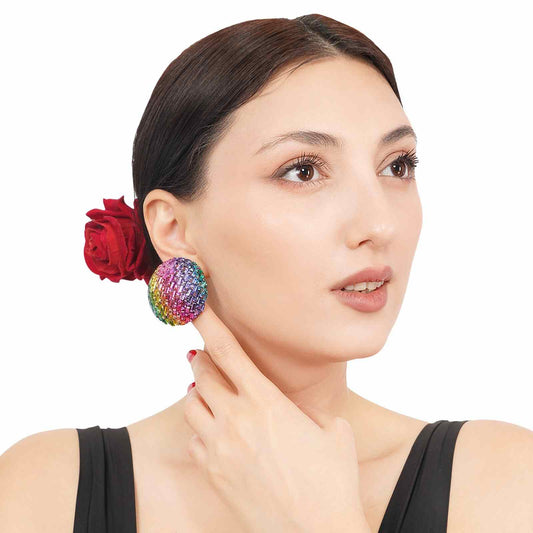
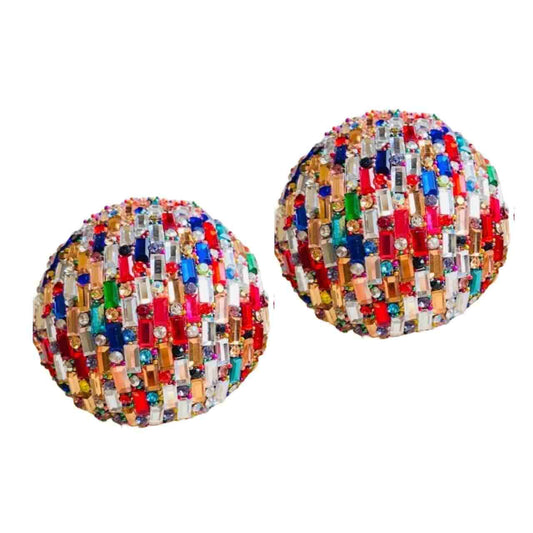
Earrings For Women Big Rhinestone Studs - Gold Plated Earrings - Fashion Jewellery November 2022
4.666666667 / 5.0
(3) 3 total reviews
Regular price Rs. 959.00Sale price Rs. 959.00Unit price / perSale -
Earrings in Hindi | Hindi अ | Hindi a | Artificial Jewellery | Waterproof Earrings
4.458333333 / 5.0
(24) 24 total reviews
Regular price Rs. 1,359.00Regular priceUnit price / perRs. 1,699.00Sale price Rs. 1,359.00Sale -
Tassel Earrings For Girls - Long Hanging Earrings - Fashion Jewellery
5.0 / 5.0
(1) 1 total reviews
Regular price Rs. 1,279.00Regular priceUnit price / perRs. 1,600.00Sale price Rs. 1,279.00Sale -
Big Round Gold Earrings | Masaba Earrings | Fashion Jewellery | January 2023
4.142857143 / 5.0
(7) 7 total reviews
Regular price Rs. 1,359.00Regular priceUnit price / perRs. 1,699.00Sale price Rs. 1,359.00Sale -
Name Earrings Gold | Hindi न | Imitation Jewellery | Premium Quality
4.421052632 / 5.0
(19) 19 total reviews
Regular price Rs. 1,359.00Regular priceUnit price / perRs. 1,699.00Sale price Rs. 1,359.00Sale -
Zodiac Sign Necklace | Fashion Jewellery | Jewellery Hat
4.504761905 / 5.0
(105) 105 total reviews
Regular price Rs. 479.00Sale price Rs. 479.00Unit price / perSale -
Hindi Earrings | स | Sa | Jewellery Hat® | Fashion Jewellery January 2023
4.294117647 / 5.0
(17) 17 total reviews
Regular price Rs. 1,359.00Regular priceUnit price / perRs. 1,699.00Sale price Rs. 1,359.00Sale -
Jewellery Hat® - The Mini Saturn Earrings (Adele) November 2022
4.142857143 / 5.0
(7) 7 total reviews
Regular price Rs. 1,359.00Regular priceUnit price / perRs. 1,700.00Sale price Rs. 1,359.00Sale -
Alphabet Earrings - Ma in Hindi - By Jewellery Hat® - Fashion Jewellery January 2023 - Alphabet Earrings
4.458333333 / 5.0
(24) 24 total reviews
Regular price Rs. 1,359.00Regular priceUnit price / perRs. 1,699.00Sale price Rs. 1,359.00Sale -
Evil Eye Bracelet | Fashion Jewellery
4.408163265 / 5.0
(49) 49 total reviews
Regular price Rs. 879.00Regular priceUnit price / perRs. 1,099.00Sale price Rs. 879.00Sale -
Pearl Earring - By Jewellery Hat® - Fashion Jewellery By Jewellery Hat September 2022
4.285714286 / 5.0
(21) 21 total reviews
Regular price Rs. 799.00Regular priceUnit price / perRs. 999.00Sale price Rs. 799.00Sold out -
Artificial Ring | Gold Plated Ring for women | Gold Plated Jewellery
4.6 / 5.0
(559) 559 total reviews
Regular price Rs. 799.00Regular priceUnit price / perRs. 999.00Sale price Rs. 799.00Sold out -
Panther Ring | Adjustable Size | Gold Plating | Western Jewellery
4.5 / 5.0
(126) 126 total reviews
Regular price Rs. 639.00Regular priceUnit price / perRs. 799.00Sale price Rs. 639.00Sold out -
Gold Pendant | Big Emerald | Necklace | Fashion Jewellery | Jewellery Hat | April 2023
4.9 / 5.0
(379) 379 total reviews
Regular price Rs. 879.00Regular priceUnit price / perRs. 1,099.00Sale price Rs. 879.00Sold out -
Gold choker necklace - Snake Jewellery - Fashion Jewellery - Gold Choker Necklace
4.408163265 / 5.0
(49) 49 total reviews
Regular price From Rs. 1,049.00Regular priceUnit price / perRs. 1,309.00Sale price From Rs. 1,049.00Sale -
Initial - र - Ra Earrings - By Jewellery Hat® - Fashion Jewellery January 2023 - Initial
4.344827586 / 5.0
(29) 29 total reviews
Regular price Rs. 1,359.00Regular priceUnit price / perRs. 1,699.00Sale price Rs. 1,359.00Sale -
Fancy Earrings | Twirl Earrings | Waterproof Jewellery | Costume Jewellery
4.2 / 5.0
(5) 5 total reviews
Regular price Rs. 799.00Regular priceUnit price / perRs. 999.00Sale price Rs. 799.00Sale -
Initials Necklacs Bamboo Style - Gold Plated - Premium Collection Fashion Jewellery October 2022 Western Jewellery
Regular price Rs. 1,439.00Regular priceUnit price / perRs. 1,999.00Sale price Rs. 1,439.00Sale
Featured By Jewellery Hat
-

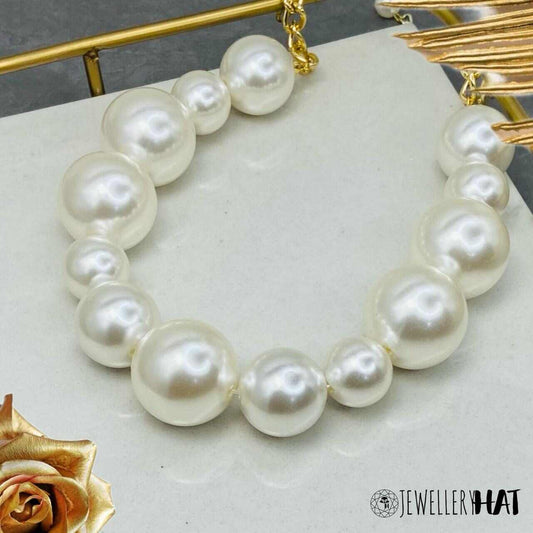 Sale
SalePearl Choker
Regular price Rs. 2,199.00Regular priceUnit price / perRs. 2,749.00Sale price Rs. 2,199.00Sale -

 Sale
SaleEar Hoops Small
Regular price Rs. 499.00Regular priceUnit price / perRs. 629.00Sale price Rs. 499.00Sale -
Multi Layer Gold Necklace
Regular price Rs. 999.00Regular priceUnit price / perRs. 1,249.00Sale price Rs. 999.00Sale -

 Sale
SalePisces Necklace
Regular price Rs. 699.00Regular priceUnit price / perRs. 869.00Sale price Rs. 699.00Sale -

 Sale
SaleSagittarius Necklace
Regular price Rs. 699.00Regular priceUnit price / perRs. 869.00Sale price Rs. 699.00Sale -

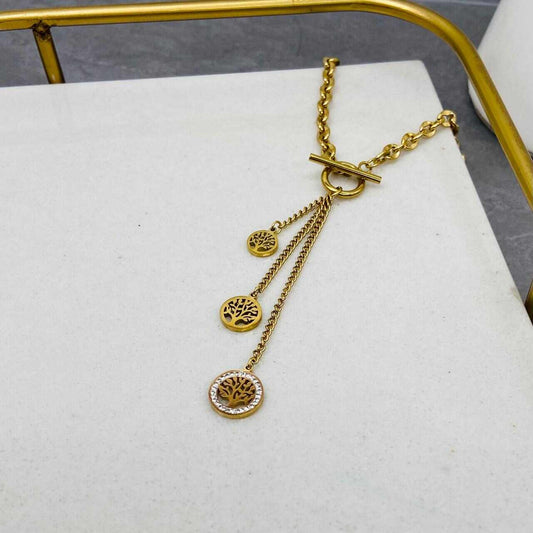 Sale
SaleTree Of Life Pendant
Regular price Rs. 1,399.00Regular priceUnit price / perRs. 1,749.00Sale price Rs. 1,399.00Sale -

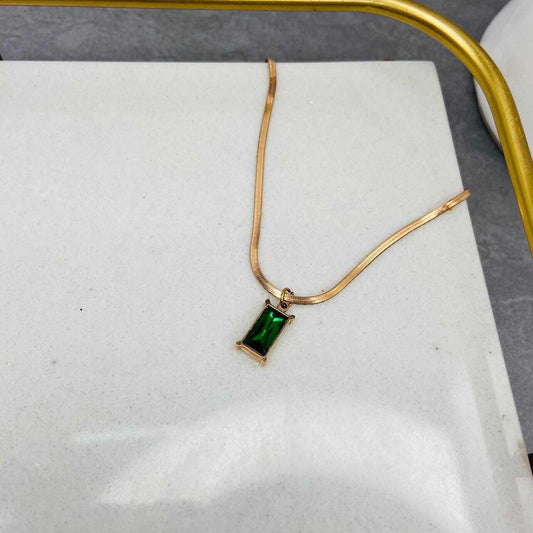 Sale
SaleJewellery Emerald
Regular price Rs. 799.00Regular priceUnit price / perRs. 989.00Sale price Rs. 799.00Sale -

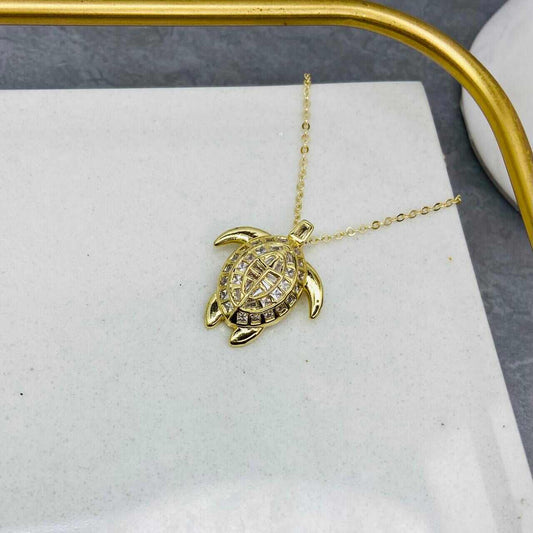 Sale
SaleTurtle Necklace
Regular price Rs. 999.00Regular priceUnit price / perRs. 1,249.00Sale price Rs. 999.00Sale -

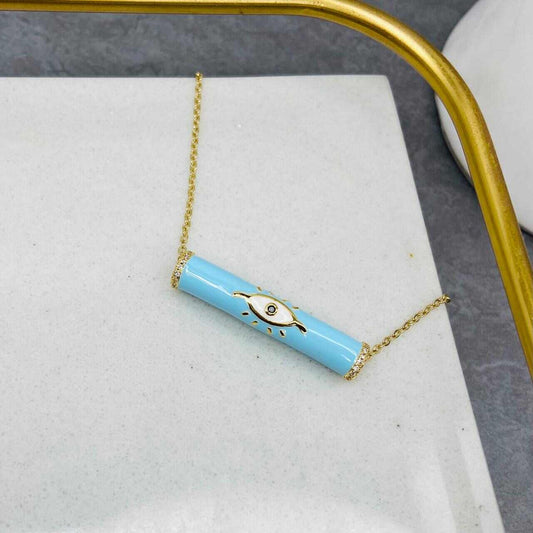 Sale
SaleNecklace With An Eye
Regular price Rs. 799.00Regular priceUnit price / perRs. 999.00Sale price Rs. 799.00Sale -

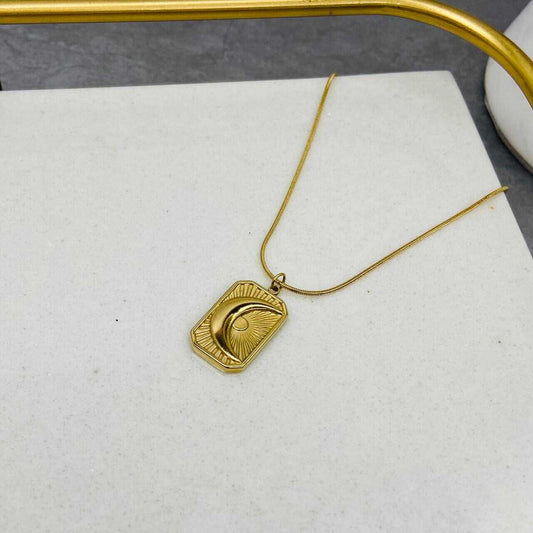 Sale
SaleNecklace Of The Moon
Regular price Rs. 999.00Regular priceUnit price / perRs. 1,249.00Sale price Rs. 999.00Sale -

 Sale
SaleNecklace Flower
Regular price Rs. 1,399.00Regular priceUnit price / perRs. 1,749.00Sale price Rs. 1,399.00Sale -

 Sale
SaleNecklace Heart Shape
Regular price Rs. 599.00Regular priceUnit price / perRs. 749.00Sale price Rs. 599.00Sale -

 Sale
SaleHeart Shape Necklace
Regular price Rs. 599.00Regular priceUnit price / perRs. 749.00Sale price Rs. 599.00Sale -

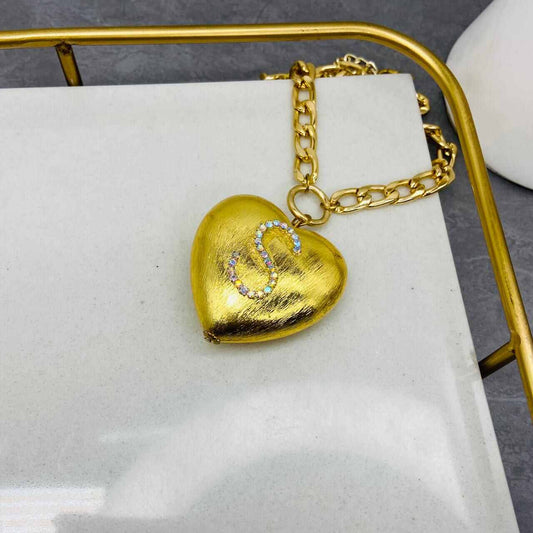 Sale
SaleLocket Heart Shape
Regular price Rs. 1,499.00Regular priceUnit price / perRs. 1,879.00Sale price Rs. 1,499.00Sale -
Gold Plated Necklace For Women
Regular price Rs. 999.00Regular priceUnit price / perRs. 1,249.00Sale price Rs. 999.00Sale -
Gold Plated Chain With Guarantee
Regular price Rs. 999.00Regular priceUnit price / perRs. 1,249.00Sale price Rs. 999.00Sale -
Gold Plated Necklace Long
Regular price Rs. 999.00Regular priceUnit price / perRs. 1,249.00Sale price Rs. 999.00Sale -

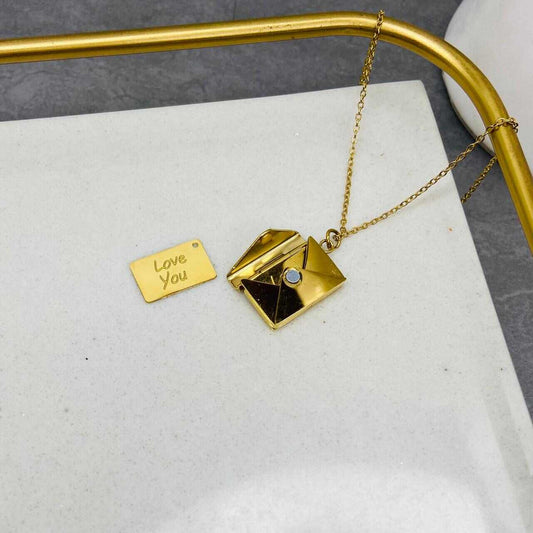 Sale
SaleGold Necklace Plated
Regular price Rs. 1,099.00Regular priceUnit price / perRs. 1,379.00Sale price Rs. 1,099.00Sale -

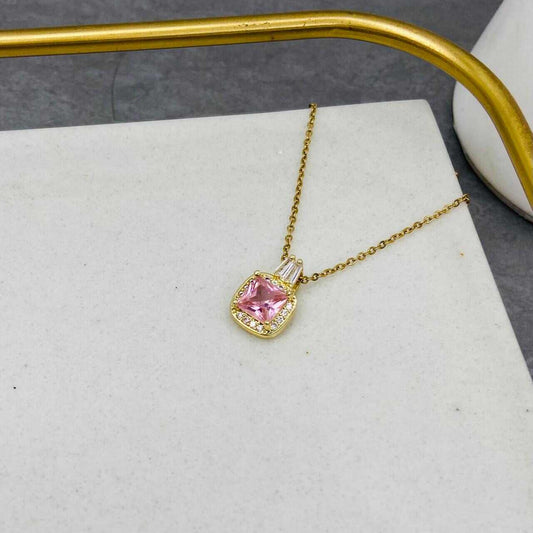 Sale
SaleGold Plated Necklace
Regular price Rs. 999.00Regular priceUnit price / perRs. 1,249.00Sale price Rs. 999.00Sale -
Bracelet Four Leaf Clover
Regular price Rs. 999.00Regular priceUnit price / perRs. 1,249.00Sale price Rs. 999.00Sale -
Bracelet With Four Leaf Clover
Regular price Rs. 999.00Regular priceUnit price / perRs. 1,249.00Sale price Rs. 999.00Sale -
Gold Plated Choker Necklace
Regular price Rs. 1,499.00Regular priceUnit price / perRs. 1,879.00Sale price Rs. 1,499.00Sale -
Necklace Gold Covering
Regular price Rs. 1,599.00Regular priceUnit price / perRs. 1,999.00Sale price Rs. 1,599.00Sale -
Gold Covering Necklace
Regular price Rs. 2,399.00Regular priceUnit price / perRs. 2,999.00Sale price Rs. 2,399.00Sale -

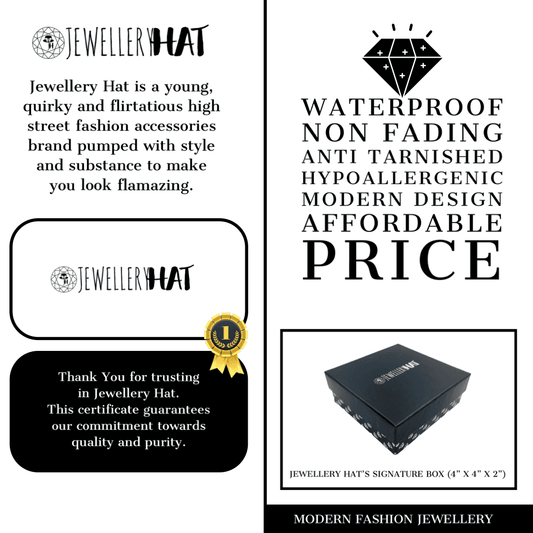 Sale
SaleRainbow Necklace
Regular price Rs. 1,649.00Regular priceUnit price / perRs. 2,069.00Sale price Rs. 1,649.00Sale
Collection: Modern Jewellery
Introduction to Modern Jewellery :-
Modern jewelry is a term used to describe the jewelry designs that emerged in the 20th century, and continue to evolve today. The modern jewelry movement started as a response to the mass-produced, machine-made jewelry that dominated the market in the 19th century. The modern jewelry designers sought to create unique and innovative pieces, using new materials and techniques.
One of the most significant developments in modern jewelry was the use of non-precious materials. Previously, jewelry was primarily made using gold, silver, and precious stones, but modern designers began to incorporate materials like plastic, rubber, and even paper into their designs. This allowed for a greater range of creative expression and allowed jewelry to become more accessible to a wider range of people.
Modern jewelry also saw a shift towards more abstract and geometric designs. Art Deco, a design style that emerged in the 1920s and 1930s, heavily influenced modern jewelry with its emphasis on geometric shapes and bold lines. Modern jewelry designers also experimented with asymmetry, unusual stone cuts, and unexpected combinations of materials.
Another key development in modern jewelry was the rise of the designer jeweler. In the past, jewelry was often created by anonymous craftsmen working for large companies. Modern jewelry designers, however, began to establish their own independent studios, creating pieces that were highly individual and reflective of their personal vision.
Today, modern jewelry continues to evolve, with designers exploring new materials, techniques, and styles. Modern jewelry pieces are often seen as works of art in their own right, valued not just for their material worth but also for their artistic and creative qualities.
History of Modern Jewellery:-
The history of modern jewelry can be traced back to the early 20th century. The Art Nouveau movement, which emerged in the late 19th century, had a significant influence on the development of modern jewelry. Art Nouveau jewelry was characterized by its use of flowing, organic forms and its incorporation of natural materials such as pearls, coral, and ivory.
In the early 20th century, modern jewelry designers began to reject the ornate and decorative styles of the past and started to experiment with new materials and techniques. They drew inspiration from contemporary art movements such as Cubism and Futurism, as well as from ancient cultures and non-Western art.
One of the most important figures in the history of modern jewelry was René Lalique. Lalique was a French jewelry designer who is known for his innovative use of materials such as glass and enamel. His work was highly sought after by wealthy clients and was exhibited at international exhibitions such as the 1900 Paris Exposition.
Another important modern jewelry designer was Georg Jensen. Jensen was a Danish silversmith who established his own workshop in 1904. He is known for his simple and elegant designs, which were influenced by the Arts and Crafts movement and the Art Nouveau style.
In the 1920s and 1930s, the Art Deco movement had a significant impact on modern jewelry design. Art Deco was characterized by its use of geometric shapes, bold colors, and streamlined forms. Modern jewelry designers began to incorporate these elements into their work, creating pieces that were highly stylized and abstract.
In the 1950s and 1960s, modern jewelry underwent another significant shift. Many designers began to reject the traditional precious materials of gold and diamonds and started to experiment with new materials such as plastic, acrylic, and aluminum. This led to the development of new techniques such as casting and laser-cutting.
Today, modern jewelry continues to evolve, with designers exploring new materials, techniques, and styles. The rise of digital fabrication technologies such as 3D printing has opened up new possibilities for jewelry design, allowing designers to create highly complex and intricate pieces that were previously impossible to produce by hand.
Materials Used in Modern Jewellery :-
Modern jewelry designers have always been interested in experimenting with new and unconventional materials. In addition to traditional precious metals and gemstones, modern jewelry makers have incorporated a wide range of materials into their designs, including:
-
Plastics: Materials such as acrylic, resin, and polycarbonate are often used in modern jewelry design because of their durability and flexibility. These materials can be molded into intricate shapes and are available in a wide range of colors.
-
Wood: Wood is another popular material in modern jewelry design. It is lightweight, easy to work with, and can be carved or engraved to create intricate patterns and textures.
-
Glass: Glass is a versatile material that can be shaped, cut, and colored to create unique pieces of jewelry. It is often used in combination with other materials, such as metal or plastic.
-
Paper: Paper has become an increasingly popular material in modern jewelry design, particularly in the form of origami jewelry. Pieces of paper are folded into intricate shapes and then coated with a protective sealant.
-
Rubber: Rubber is a highly flexible and durable material that can be molded into a wide range of shapes and sizes. It is often used in contemporary jewelry design to create bold, statement pieces.
-
Ceramic: Ceramic is a durable and heat-resistant material that can be molded, glazed, and fired to create unique jewelry designs. It is often used in combination with metal or other materials to create mixed-media pieces.
-
Textiles: Textiles such as silk, cotton, and wool can be used to create soft and delicate jewelry designs. These materials can be dyed, embroidered, or woven to create intricate patterns and textures.
-
Recycled materials: Many modern jewelry designers are committed to sustainability and use recycled materials in their designs. These may include reclaimed metal, plastic, or paper, as well as natural materials such as wood or shells.
Types Of Modern Jewellery :-
Modern jewelry encompasses a wide variety of styles, materials, and techniques. Here are some of the most popular types of modern jewelry:
-
Minimalist jewelry: Minimalist jewelry is characterized by simple, understated designs that emphasize clean lines and geometric shapes. This style often features precious metals such as gold, silver, or platinum, and may include small, delicate gemstones.
-
Statement jewelry: Statement jewelry is designed to make a bold impact and draw attention to the wearer. These pieces may be oversized, brightly colored, or heavily embellished with gemstones, crystals, or other materials.
-
Mixed-media jewelry: Mixed-media jewelry combines different materials and textures to create unique pieces. This style may include combinations of metal, glass, wood, stone, and other materials.
-
Origami jewelry: Origami jewelry is made by folding pieces of paper into intricate shapes and then coating them with a protective sealant. This style is often delicate and intricate, featuring designs such as cranes, flowers, or geometric shapes.
-
3D-printed jewelry: 3D-printed jewelry is created using digital fabrication technologies such as 3D printing. This allows designers to create highly intricate and complex pieces that would be difficult or impossible to produce by hand.
-
Wire-wrapped jewelry: Wire-wrapped jewelry involves wrapping wire around gemstones or other materials to create intricate designs. This style often features natural, organic shapes and may include materials such as beads, feathers, or shells.
-
Personalized jewelry: Personalized jewelry is customized to the wearer's preferences, often featuring initials, names, or special dates. This style may include traditional precious metals and gemstones, as well as non-traditional materials such as leather or rubber.
-
Body jewelry: Body jewelry is designed to be worn in piercings or other unconventional locations, such as around the ankle or on the upper arm. This style may include materials such as gold, silver, or titanium, as well as non-traditional materials such as bone or horn.
Types Of Plating Used For Modern Jewellery :-
Modern jewelry often incorporates a variety of plating techniques to enhance the appearance and durability of the piece. Here are some of the most common types of plating used for modern jewelry:
-
Gold plating: Gold plating involves applying a thin layer of gold to the surface of a piece of jewelry. This can create a luxurious, high-end look without the cost of solid gold. Gold plating is often used on silver or brass jewelry, and may be combined with other finishes such as satin or matte.
-
Rhodium plating: Rhodium plating involves applying a thin layer of rhodium, a rare and highly reflective metal, to the surface of a piece of jewelry. This can enhance the shine and durability of the piece, and is often used on white gold or silver jewelry.
-
Rose gold plating: Rose gold plating involves applying a thin layer of rose gold, a mixture of gold and copper, to the surface of a piece of jewelry. This can create a warm, romantic look and is often used on silver or brass jewelry.
-
Black rhodium plating: Black rhodium plating involves applying a thin layer of black rhodium to the surface of a piece of jewelry. This can create a dramatic, edgy look and is often used on silver or white gold jewelry.
-
Gunmetal plating: Gunmetal plating involves applying a thin layer of black or dark grey metal to the surface of a piece of jewelry. This can create a masculine, industrial look and is often used on stainless steel or brass jewelry.
-
Oxidized plating: Oxidized plating involves intentionally darkening the surface of a piece of jewelry to create a vintage, antique look. This can be achieved through a variety of techniques, such as applying chemicals or exposing the piece to air and water.
-
Palladium plating: Palladium plating involves applying a thin layer of palladium, a white metal similar to platinum, to the surface of a piece of jewelry. This can create a durable, long-lasting finish and is often used on white gold or silver jewelry.
Styles of Modern Jewellery :-
Modern jewelry encompasses a wide range of styles and techniques, from minimalist to statement, mixed-media to 3D-printed, and personalized to body jewelry. The materials used in modern jewelry range from traditional precious metals and gemstones to non-traditional materials such as resin, paper, and plastic.
Plating techniques are also commonly used in modern jewelry to enhance the appearance and durability of the piece. Popular plating types include gold, rhodium, rose gold, black rhodium, gunmetal, oxidized, and palladium.
Conclusion :-
In conclusion, modern jewellery is a dynamic and exciting field, constantly evolving and pushing boundaries in terms of design, materials, and techniques. Whether you prefer understated elegance or bold statement pieces, there is a modern jewellery style to suit your taste and personality. With a focus on sustainability and ethical sourcing, modern jewellery is also becoming increasingly conscious of its environmental impact and social responsibility.
If you want to check out more of our jewellery, here is our shop link - www.jewelleryhat.com
Contact Us :-






